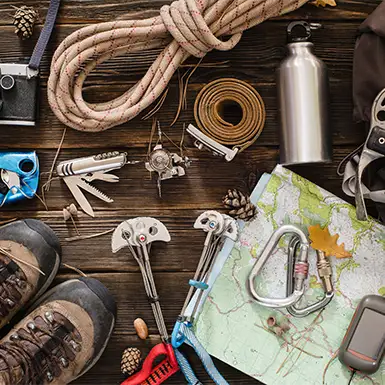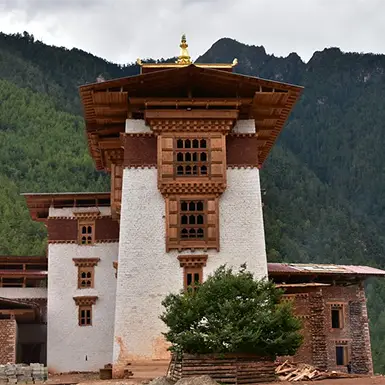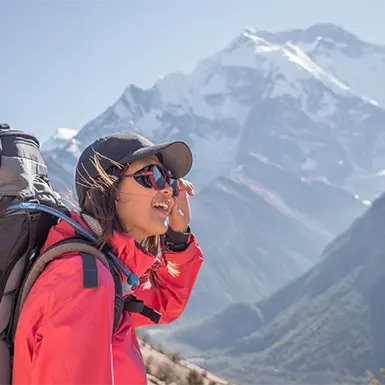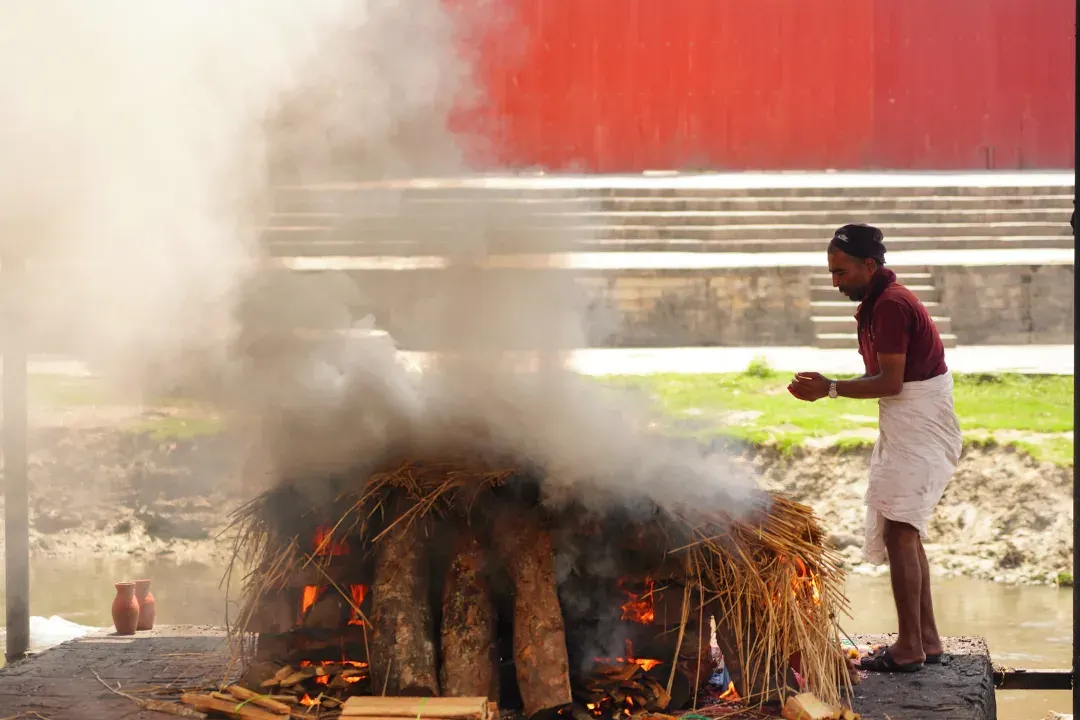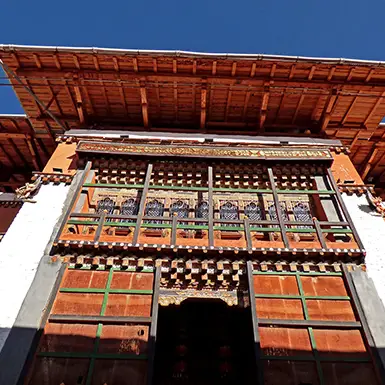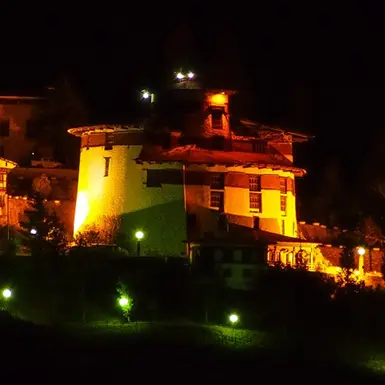Your Ultimate Guide to Visiting Manasarovar Lake: A Sacred Himalayan Adventure
Manasarovar Lake, nestled high in the Tibetan Himalayas, beckons adventurers and spiritual seekers alike. This stunning lake boasts breathtaking scenery, deep religious significance, and a unique ecosystem. Let’s craft a practical guide to help you plan an unforgettable tour:
Choose the Right Time to Visit
Plan your visit to Lake Mansarovar between May and September for the most pleasant weather and the easiest acclimatization. The weather is milder during this period, easing your acclimatization to the high altitude.
- May-June: Experience pleasant weather and the vibrant colors of blooming wildflowers.
- July-August: These months are the warmest, but expect occasional rain showers.
- September: Enjoy clear skies, comfortable temperatures, and a popular time for pilgrims.
Avoid the winter months (October to April) as the region faces harsh conditions and heavy snowfall, making travel challenging and potentially dangerous.
Reach Manasarovar Lake: Two Scenic Routes
Getting to Mansarovar Lake involves a combination of air and land travel. Choose from these two main routes:
Lhasa Route
- Fly: Start your tour by flying into Lhasa, Tibet’s capital. Most international travelers will connect through major Chinese cities like Beijing or Chengdu.
- Continue by Road/Air: From Lhasa, you can take a scenic multi-day drive across the Tibetan Plateau for gradual acclimatization or a shorter domestic flight to a nearby airport.
Kathmandu Route
- Fly: Fly into Kathmandu, Nepal.
- Drive: Begin on a scenic overland tour to the Tibetan border, followed by a drive to Lake Manasarovar. This route also allows for gradual acclimatization.
Finding Accommodation: Options for Every Traveler
You’ll find various accommodation options near Mansarovar Lake, catering to different budgets and preferences:
- Guesthouses: Darchen and Chiu Gompa offer basic guesthouses with simple rooms and essential amenities.
- Hotels: Newer hotels with modern facilities have emerged in recent years, providing a more comfortable stay.
- Camping: For the adventurous, camping under the starry sky near the lake is an unforgettable experience. Be sure to pack all essential camping gear and prepare for cold temperatures.
- Monasteries: Some monasteries around Manasarovar Lake Tibet offer basic lodging for pilgrims, typically with shared facilities.
Permits and Regulations: Your Key to a Smooth Trip
Traveling to Tibet requires specific permits and adherence to regulations:
- Tibet Travel Permit: All foreign visitors must obtain a Tibet Travel Permit through a registered tour operator.
- Alien’s Travel Permit: You may need additional permits for specific areas like Mansarovar Lake and Mount Kailash.
- Group Travel: Independent travel is not allowed in Tibet. You need to join an organized tour with a licensed agency.
- Health Precautions: The high altitude can cause health issues. Consult your doctor before traveling and allow time for acclimatization to prevent altitude sickness.
Beyond the Sacred: Experiences at Mansarovar Lake for Every Traveler
Manasarovar Lake, a shimmering gem nestled high in the Tibetan Plateau, offers more than just spiritual solace. Its breathtaking landscape and unique ecosystem provide a playground for adventurers and nature enthusiasts alike.
Spiritual and Pilgrimage Activities: A Journey of the Soul
Lake Mansarovar holds deep religious significance for Hindus, Buddhists, Jains, and followers of the Bon religion. A Manasarovar Lake pilgrimage can be a transformative experience, often combined with a trek around the holy Mount Kailash. Here’s what you can experience:
- Kora (Circumambulation): Begin on a sacred walk around the lake, a three to five-day trek covering about 88 kilometers (55 miles). Pilgrims believe this ritual cleanses the soul and brings blessings.
- Bathing: Dip in the lake’s holy waters to purify yourself and connect with the divine.
- Prayer and Meditation: Find inner peace and clarity in the serene atmosphere of Lake Manasarovar, which is perfect for prayer and meditation.
- Visit Chiu Monastery: Discover this ancient Buddhist monastery on the lakeshore, a significant spiritual center steeped in history and tradition.
Trekking and Hiking: Explore the Himalayan Wilderness
The rugged terrain surrounding Mansarovar Lake offers incredible opportunities for trekking and hiking enthusiasts.
- Mount Kailash Kora: Challenge yourself with a trek around Mount Kailash, a sacred trip revered by many faiths. This multi-day adventure takes you through diverse landscapes and high-altitude passes.
- Gurla Mandhata Trek: Conquer Gurla Mandhata, the region’s highest peak, for stunning views of the lake and surrounding mountains. This more demanding trek requires proper acclimatization.
- Day Hikes: Explore the area’s rich flora, fauna, and stunning scenery on numerous shorter hikes around the lake.
Boating on Manasarovar Lake: Serenity on the Water
Gently glide across the serene waters of Manasarovar Lake on a peaceful boat ride. Admire the snow-capped peaks that ring the lake and experience its vastness from a unique perspective.
- Local Boats: Hire traditional wooden boats operated by local guides who can share fascinating insights about the area.
- Sunset Cruises: Witness the magical transformation of the landscape as the setting sun paints the mountains and the lake’s surface with golden hues.
Wildlife and Bird Watching: Observe Nature’s Wonders
Manasarovar Lake and its surroundings teem with diverse wildlife, attracting nature lovers and bird watchers.
- Bird Species: Spot the magnificent bar-headed geese as they migrate across the Himalayas. Keep your eyes peeled for brown-headed gulls, ruddy shelducks, and Tibetan sandgrouse.
- Mammals: Observe the graceful Tibetan wild asses (kiangs), Tibetan gazelles, and, if you’re fortunate, the elusive snow leopard.
- Flora: Discover the resilient plants that thrive in this high-altitude environment, including grasses, shrubs, and colorful alpine flowers.
Safeguarding Mansarovar Lake: A Shared Mission for a Fragile Ecosystem
Its breathtaking beauty and spiritual significance draw tourists and pilgrims, making sustainable practices and conservation efforts paramount.
The Current Environmental Status: Challenges Amidst Pristine Beauty
Though Mansarovar Lake remains relatively untouched, it faces a few environmental hurdles:
- Climate Change: The delicate balance of Lake Manasarovar’s ecosystem faces threats from climate change, such as rising temperatures and unpredictable rainfall patterns that impact water levels.
- Pollution: Increased tourism can lead to littering, improper waste disposal, and other forms of pollution that harm the lake’s water quality and the surrounding environment.
- Overgrazing: Nomadic herders and their livestock, integral to Tibetan culture, can unintentionally cause soil erosion and damage the habitat around the lake.
- Infrastructure Development: Road construction and other development projects can improve access but can disrupt natural habitats and water sources.
Conservation Efforts: A Collaborative Endeavor
Recognizing the importance of preserving Lake Manasarovar, a diverse group of people are actively working together:
Government Initiatives
- The Chinese government has designated the Manasarovar Lake area as part of the Mount Kailash Nature Reserve, providing legal protection and regulating activities within its boundaries.
- They have also limited development and construction activities around the lake to minimize environmental impact.
- The government actively promotes sustainable tourism practices to balance economic benefits with the need to protect the lake’s fragile ecosystem.
Local Communities
Local communities are key players in safeguarding the environment. They actively participate in waste management programs, monitor water quality, and educate visitors about responsible behavior around the lake.
International Organizations
The United Nations Environment Programme (UNEP) and the International Union for Conservation of Nature (IUCN) help protect the lake’s unique biodiversity by supporting research and conservation initiatives.
Responsible Tourism: Your Part in Preserving Manasarovar Lake
As a visitor, you have a unique opportunity to help protect the beauty and sanctity of Manasarovar Lake. Here’s what you can do:
- Minimize Waste: Bring your reusable water bottle and avoid single-use plastics. Please dispose of all waste properly or take it when you leave.
- Respect Local Culture and Wildlife: Embrace local customs and traditions and avoid disturbing wildlife or their habitats. Be mindful of the lake’s spiritual significance and act respectfully.
- Choose Sustainable Options: Opt for eco-friendly accommodations and tour operators prioritizing environmental sustainability and supporting local communities.
- Educate Yourself and Others: Learn about the lake’s fragile ecosystem and share your knowledge with fellow travelers to inspire responsible behavior.
Manasarovar Lake Travel Guide: Responsible Tourism Tips
- Pack Light: The less you bring, the less waste you’ll create.
- Support Local Artisans: Purchase locally made souvenirs and products to support the local economy.
- Choose Eco-friendly Transportation: Opt for shared transportation or walking/cycling whenever possible to reduce your carbon footprint.
- Conserve Water: Water is a precious resource at high altitudes, so use it sparingly.
- Leave No Trace: For a sustainable adventure, pack out all waste and embrace “Leave No Trace” practices to tread lightly on the environment.



